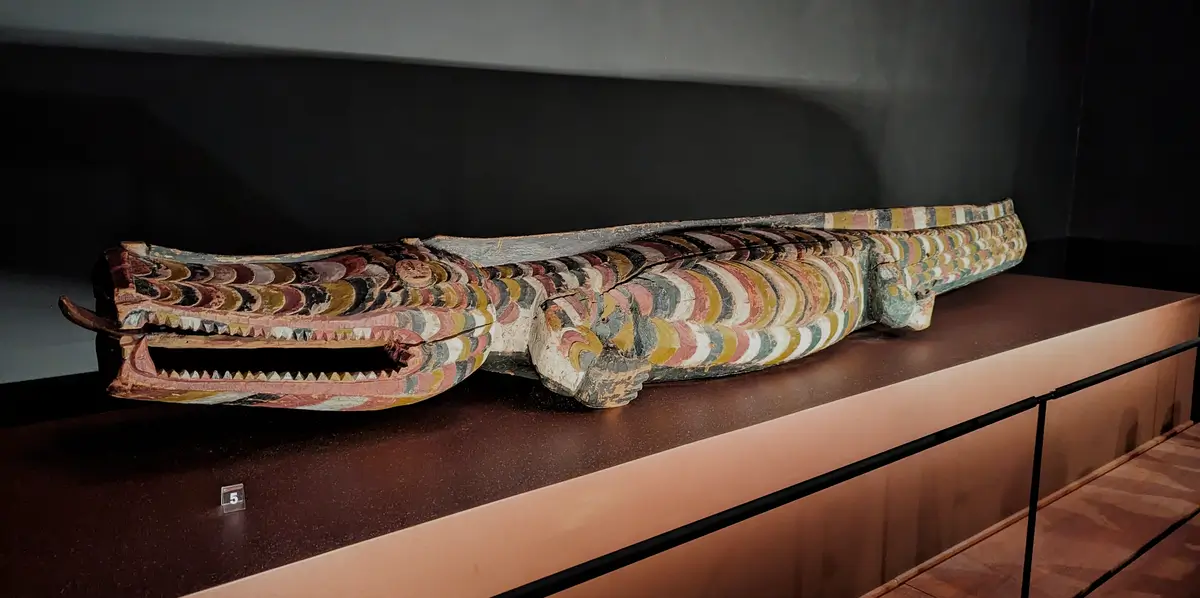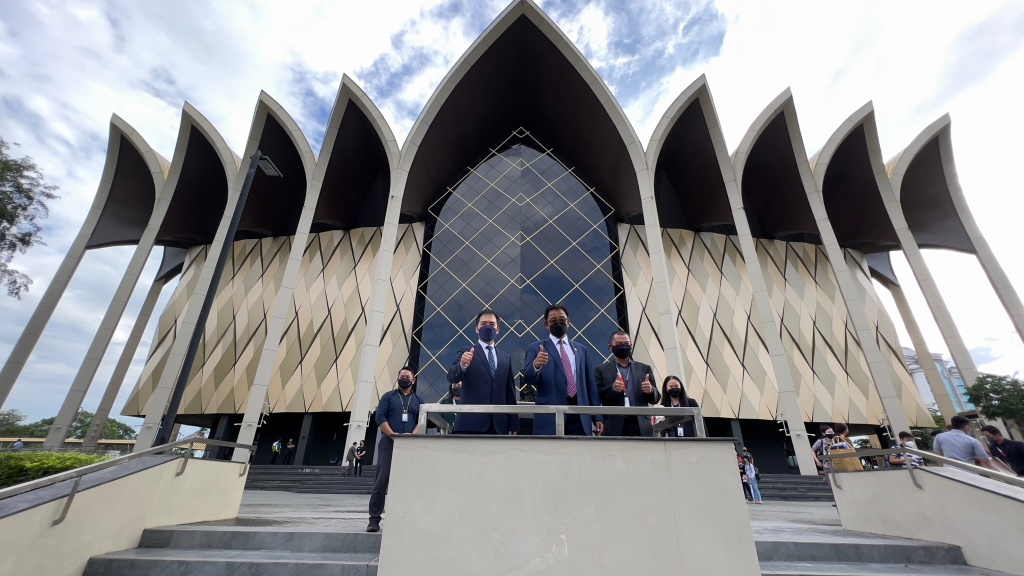Immersive Experience at Borneo Cultures Museum
Immersive Experience at Borneo Cultures Museum
Blog Article
Explore the Fascinating World of Borneo's Cultural Heritage: A Comprehensive Guide to the Cultures Museum Experience
Submersing oneself in the detailed tapestry of Borneo's social heritage is comparable to beginning on a voyage through time and custom. The blend of aboriginal tribes, traditional handicrafts, fascinating efficiencies, and historic narratives housed within the boundaries of the island's museums offers a glance right into a world teeming with profound legacies and vivid customs. As visitors traverse via these databases of culture, they are beckoned to check out a realm where past and existing intermingle, inviting consideration on the strength and richness of Borneo's varied heritage.
Indigenous People of Borneo
Borneo is home to over 50 native people, each with special social practices and practices that have been maintained for generations. Amongst these people are the Iban, known for their typical longhouses and detailed tattoos where multiple households live.
These aboriginal people play a crucial duty in keeping Borneo's abundant social tapestry. Despite outside impacts and innovation, many tribes remain to promote their languages, customizeds, and beliefs. Visitors to Borneo have the opportunity to engage themselves in the distinct lifestyles of these people with cultural excursions, homestays, and community-based tourist efforts. By engaging with these aboriginal areas, site visitors can gain a deeper recognition for the diversity and resilience of Borneo's aboriginal heritage.
Traditional Handicrafts and Artefacts

One prominent example of standard handicrafts in Borneo is the manufacturing of woven goods - Borneo Cultures Museum. Knowledgeable weavers use natural fibers like bamboo, rattan, and pandan delegates produce elaborate baskets, floor coverings, and accessories adorned with colorful patterns that hold symbolic significances within the area
The art of woodcarving is an additional significant facet of Borneo's conventional inventions. Artisans carve detailed styles right into numerous types of timber to generate masks, sculptures, and music tools that not just serve useful purposes yet likewise hold social value, usually portraying mythology or spiritual ideas.
Additionally, Borneo is renowned for its beadwork, with artisans thoroughly crafting beads from products like glass, seeds, and shells to develop jewelry, clothing embellishments, and decorative items that showcase the region's vivid aesthetic practices. These standard handicrafts and artefacts not just work as substantial expressions of Borneo's cultural heritage yet also provide understandings into the neighborhoods' ideas, values, and lifestyle.

Cultural Performances and Festivals
With a deep-rooted connection to their social traditions, the areas in Borneo come active with lively cultural performances and celebrations that commemorate their heritage. These events showcase the rich variety of Borneo's ethnic teams, each offering special dances, music, and routines that have been given through generations. Among one of the most prominent celebrations is the Gawai Dayak, commemorated by the Dayak people to note the rice harvesting period. During this celebration, typical music fills up the air, intricate dancings are performed, and elaborate conventional outfits are worn. An additional significant occasion is the Pesta Kaamatan, commemorated by the Kadazandusun community to appreciate for the rice harvest. This event features cultural efficiencies, consisting of the Sumazau dance, and standard sporting activities like the bamboo dance. Visitors to Borneo can immerse themselves in these celebrations, acquiring a much deeper understanding of the region's social heritage and experiencing the cozy friendliness of its individuals. Cultural efficiencies and celebrations act as a vivid pointer of Borneo's rich cultural tapestry and the significance of protecting these customs for future generations.
Historical Narratives and Artifacts
Exploring the historical stories and artifacts of Borneo offers a fascinating peek into the region's abundant past and social development. Borneo's historical tapestry is woven with diverse influences, mirroring the communications between indigenous tribes, Chinese investors, European colonizers, and Malay sultanates. The artefacts discovered in Borneo showcase this intricate background, varying from traditional crafts like complex beadwork and woodcarvings to historical treasures such as ancient ceramic and devices.
One of one of the most compelling elements of Borneo's historic stories is the preservation of dental customs gave via generations. These tales offer insights right into the beliefs, custom-mades, and everyday lives of Borneo's occupants throughout the centuries. Additionally, the artifacts unearthed from archaeological sites use substantial links to these narratives, enabling site visitors to witness the product society of past societies go firsthand.
Contemporary Cultural Preservation Initiatives

Additionally, curricula and social exchange tasks play a crucial duty in increasing understanding about the relevance of maintaining Borneo's special cultural heritage. By engaging schools, galleries, and the bigger neighborhood in discussions and tasks that commemorate Borneo's varied societies, conservation efforts can obtain energy and support for long-term sustainability. Collaborations in between governmental bodies, charitable organizations, and local areas are essential in driving these preservation ventures ahead, guaranteeing that Borneo's rich cultural heritage continues to be vivid and valued for generations to find.
Final Thought
In final thought, the social heritage of Borneo is rich and varied, with native people, standard handicrafts, social performances, festivals, historical stories, and modern conservation efforts all adding to its individuality and importance. Visitors to Borneo's cultural museums can obtain a much deeper understanding and gratitude of the area's cultural heritage, enabling a more immersive and informing experience.
Submersing oneself in the complex tapestry of Borneo's social heritage is similar to beginning on a trip via time and custom.With an ingrained connection to their cultural traditions, the communities in Borneo come active with vivid cultural efficiencies and events that celebrate their check here heritage. Cultural performances and festivals offer as a vibrant suggestion of Borneo's rich social tapestry and the value of protecting these customs for future generations.
Furthermore, academic programs and cultural exchange activities play a vital role in raising understanding regarding the importance of preserving Borneo's one-of-a-kind social heritage. Cooperations between governmental bodies, non-profit organizations, and local neighborhoods are important in driving these conservation ventures onward, making sure that Borneo's abundant cultural heritage stays vibrant and valued for generations to come.
Report this page